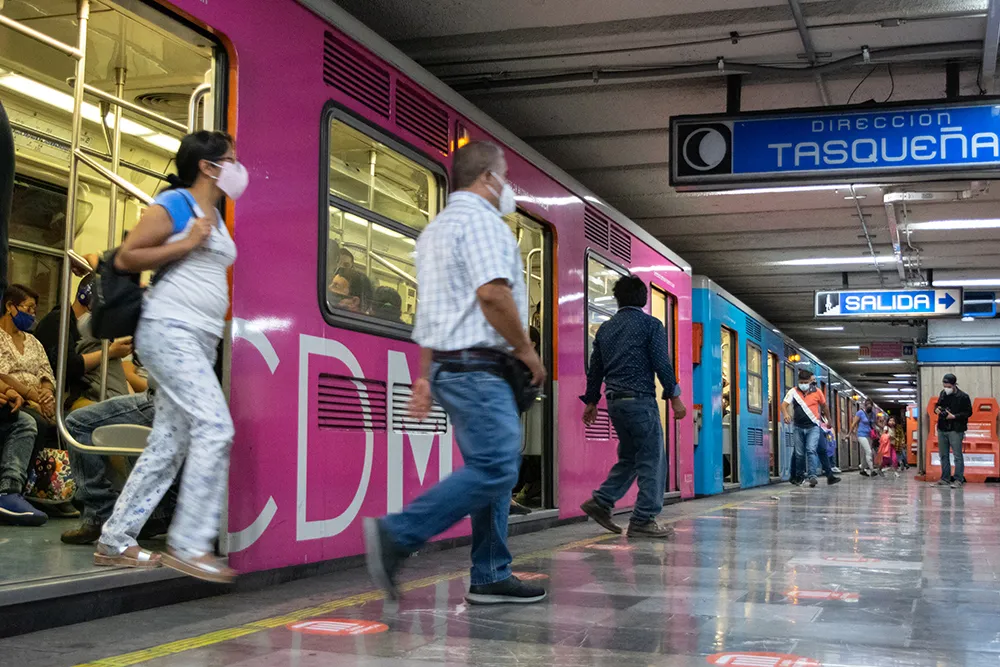
“In an autonomous vehicle, people are essentially the goods that are being transported around a city,” Won said. “There are definite lessons to be learned as cities try to figure out how driverless cars are going to behave.”
PTV gives cities a platform they can use to test out different traffic scenarios, so they can identify potential problem areas such as congested intersections and merge lanes. One thing that transportation officials are interested in today, is how autonomous vehicles are going to change traffic patterns—for the better or for the worse.
“The fact is, no-one knows how autonomous vehicles are going to impact traffic. PTV helps collect, study and analyse pertinent data that can provide insight into these behaviours.”
Booth 235









